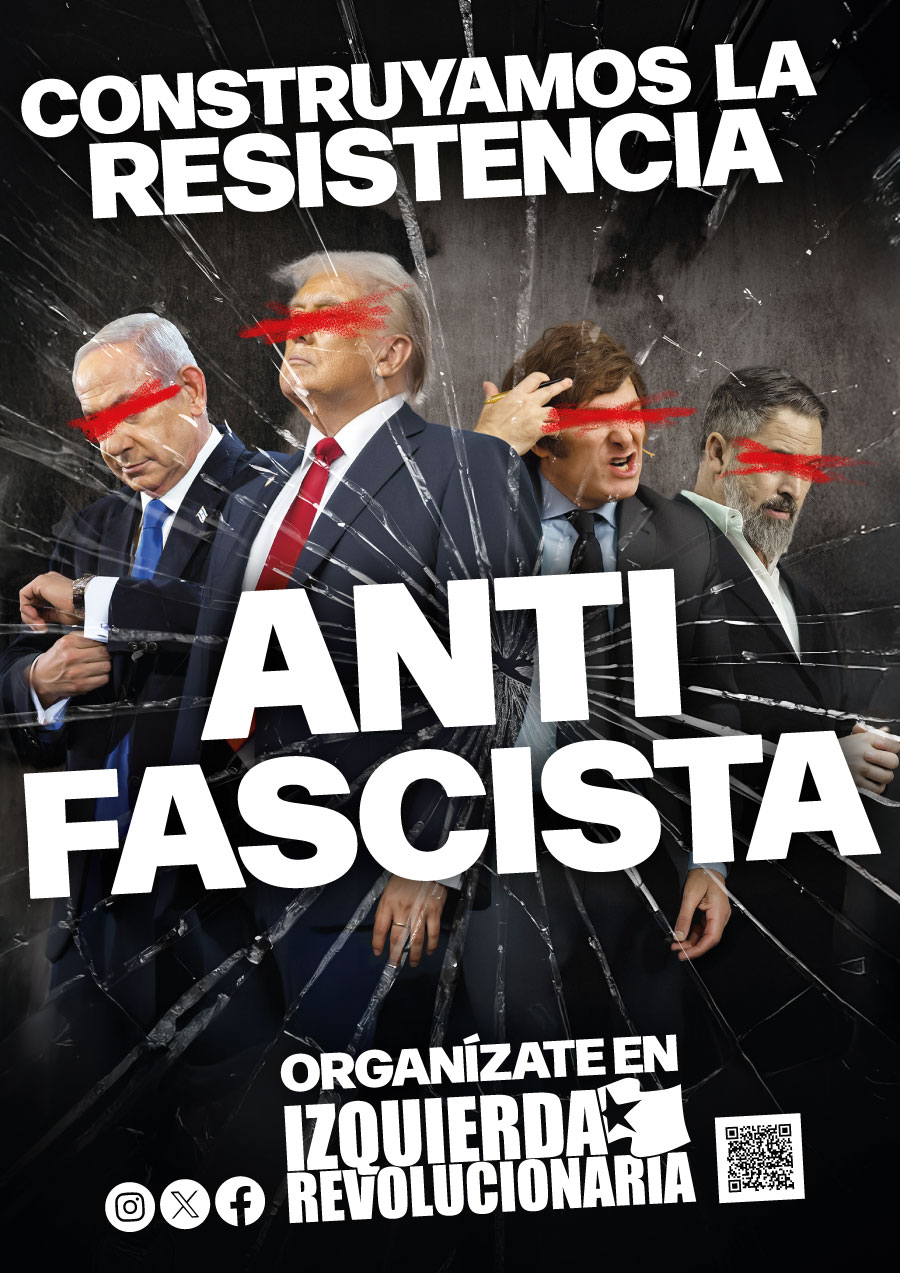On the 21st of February the whole of Argentina took to the streets. In Buenos Aires there were half a million demonstrators; among them were many workers, including sugar production workers from the Jujuy and Salta provinces who are engaged in a struggle against job losses and plant closures that has been going on for over a year. 1000 sugar workers started marching at dawn on the 19th and they picked up a further 10000 and held various assemblies on their way to the capital. On the 21st of February the whole of Argentina took to the streets. In Buenos Aires there were half a million demonstrators; among them were many workers, including sugar production workers from the Jujuy and Salta provinces who are engaged in a struggle against job losses and plant closures that has been going on for over a year. 1000 sugar workers started marching at dawn on the 19th and they picked up a further 10000 and held various assemblies on their way to the capital.
The march was called for by a section of the CGT, led by Carlos Schmid, by both wings of the CTA, by the Corriente Clasista y Combative and the lorry drivers union led by Hugo Moyano. There was also support from Kirchner followers, CTERA, SUTEBA, community organisations, piqueteros like Barrios de pie, from the Confederación de Trabajadores de la Economía Popular and, of course, from la Bancaria, who were on strike on the 19th and 20th fighting for a pay rise. Some trade unions like the health workers’ union, the trade workers’ union, and the food industry unions did not support the strike.
This mobilisation denounced the fundamentals of the neoliberal politics of Macri’s reactionary government: It was against job losses in the public and private sector, against the budget adjustment, against pension cuts made following the provisional counter reform, for pay rises that exceed inflation, against exorbitant prices on public transport and for other public services. It also called for political prisoners to be freed and this was supported by Madres de Plaza de Mayo, las Madres Línea Fundadora and other human rights organisations.
The current trade deficit is one of the worst in the history of Argentina, and that’s saying something. Between January and November of 2017 it was more than 7.6000 million dollars. The government predicts 15% inflation in 2018, but already last year we saw it reach 24.8%, the third highest in the world behind South Africa, and has been rising since December 2015 when Macri assumed office. In January 2018 alone the price index rose by 1.8% and in the first quarter it could rise to 6%.
Fiscal and trade deficits, inflation, exorbitant transport prices, sackings and repression; the financial crisis worsens every day. The public deficit increased from 1.8% to 2.5% of GDP between 2015 and 2017. But including interest this actually rose from 3.9% to 5.5% and in 2017 it reached 6.1% of GDP. The unemployment crisis has deepened and more job losses are being announced, in hospitals, due to school closures like the 29 closed in the Delta, due to breaking up of the Polo Científico (which is an institute that houses various scientific research centres and was set up by the Kirchner government) while this is all happening precarious, off the books employment is on the rise.
Unemployment in 2017 was at 8.7% (the lowest level recorded in the last 30 years was 6.5%and that was during the Kirchner government) and outsourcing reached 10.6% in 2016 and 2017.
The demonstration on the 21st of february has taken place at a time of great weakness for the Macri government. His approval ratings, according to recent polls has fallen form 55% to 40%.
This is an opportunity for the socialist Left – especially for the Frente de la Izquierda y de los Trabajadores (FIT) which has achieved important electoral results in the last period – to fight for a united front of the Left, the workers’ movement and social movements (including the more combative elements of the “Peronist” Left) on the basis of an anti-imperialist and anti-capitalist programme as the only solution to this neoliberal disaster. We need to engage the wider population with progressively combative measures with the aim of an indefinite general strike. This is the only way to eliminate the barbaric mafia that currently runs the show.





















































